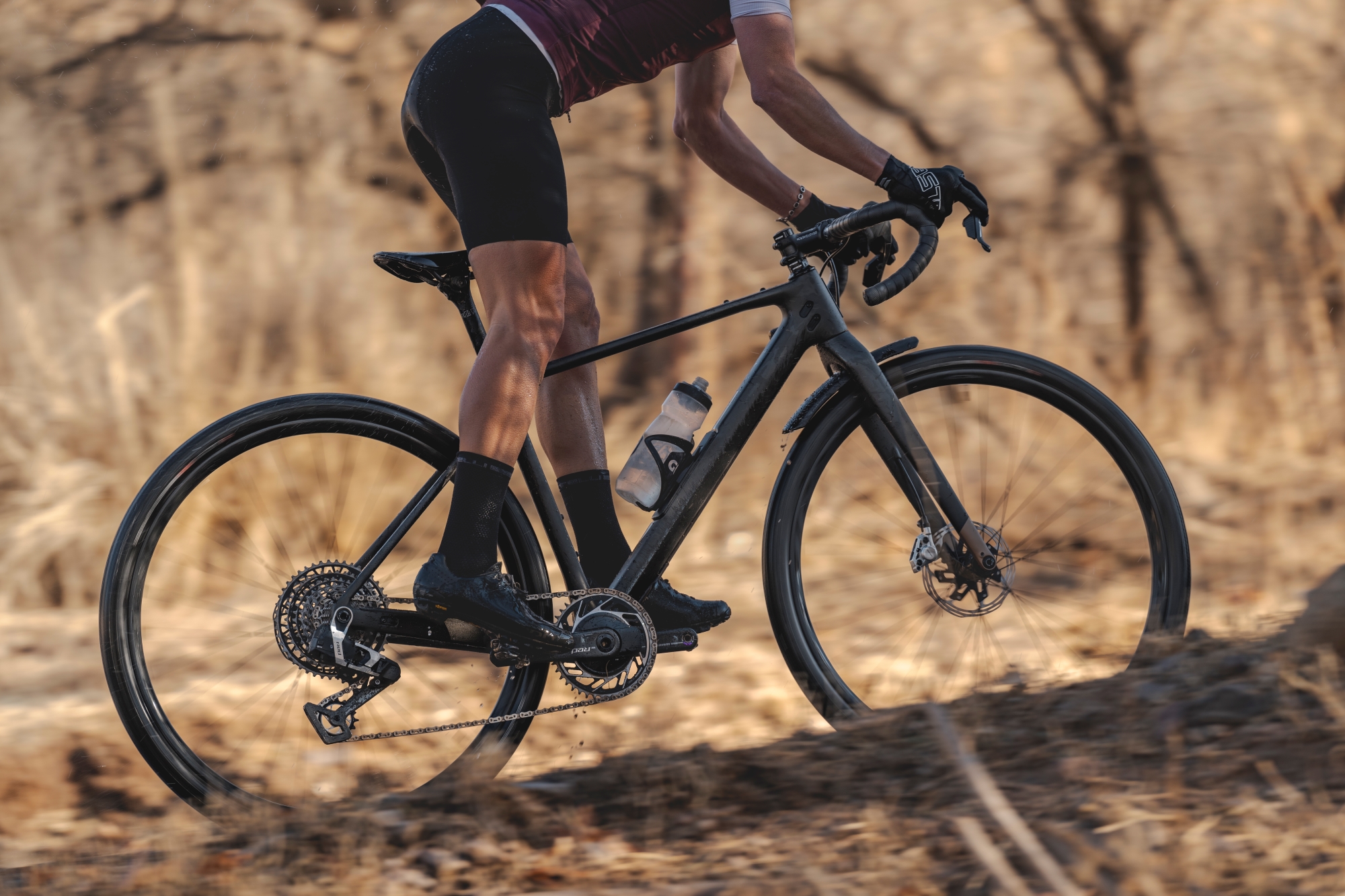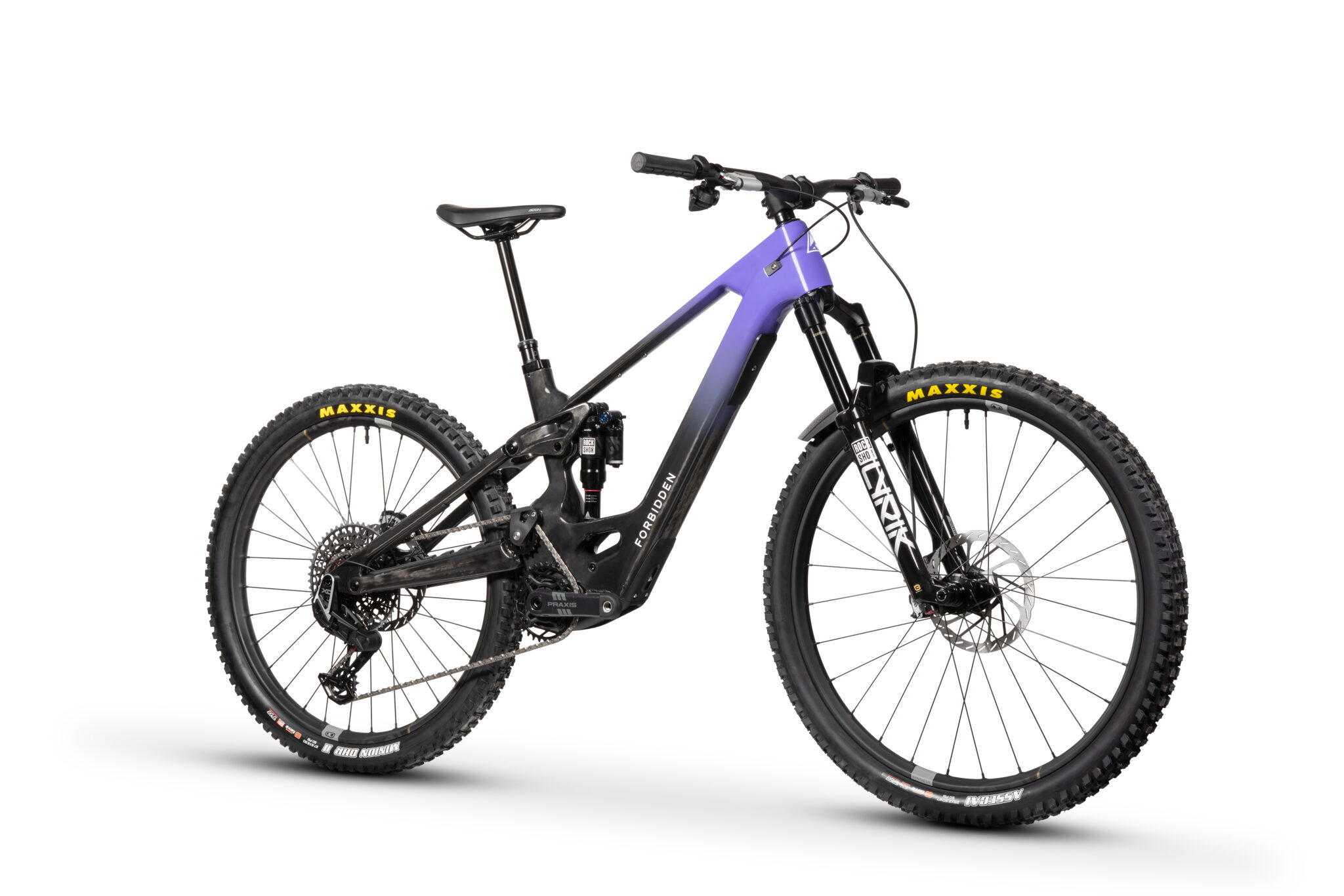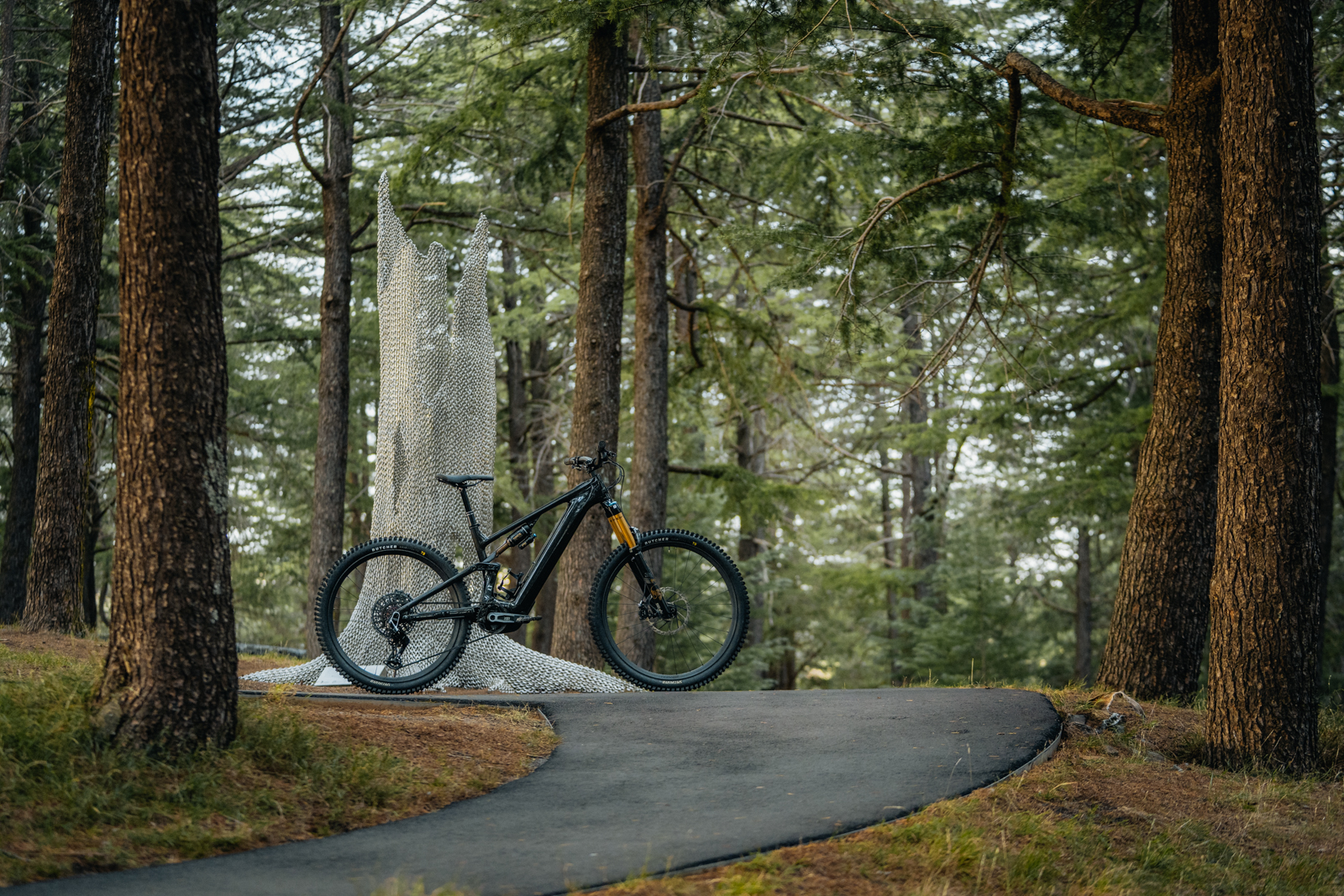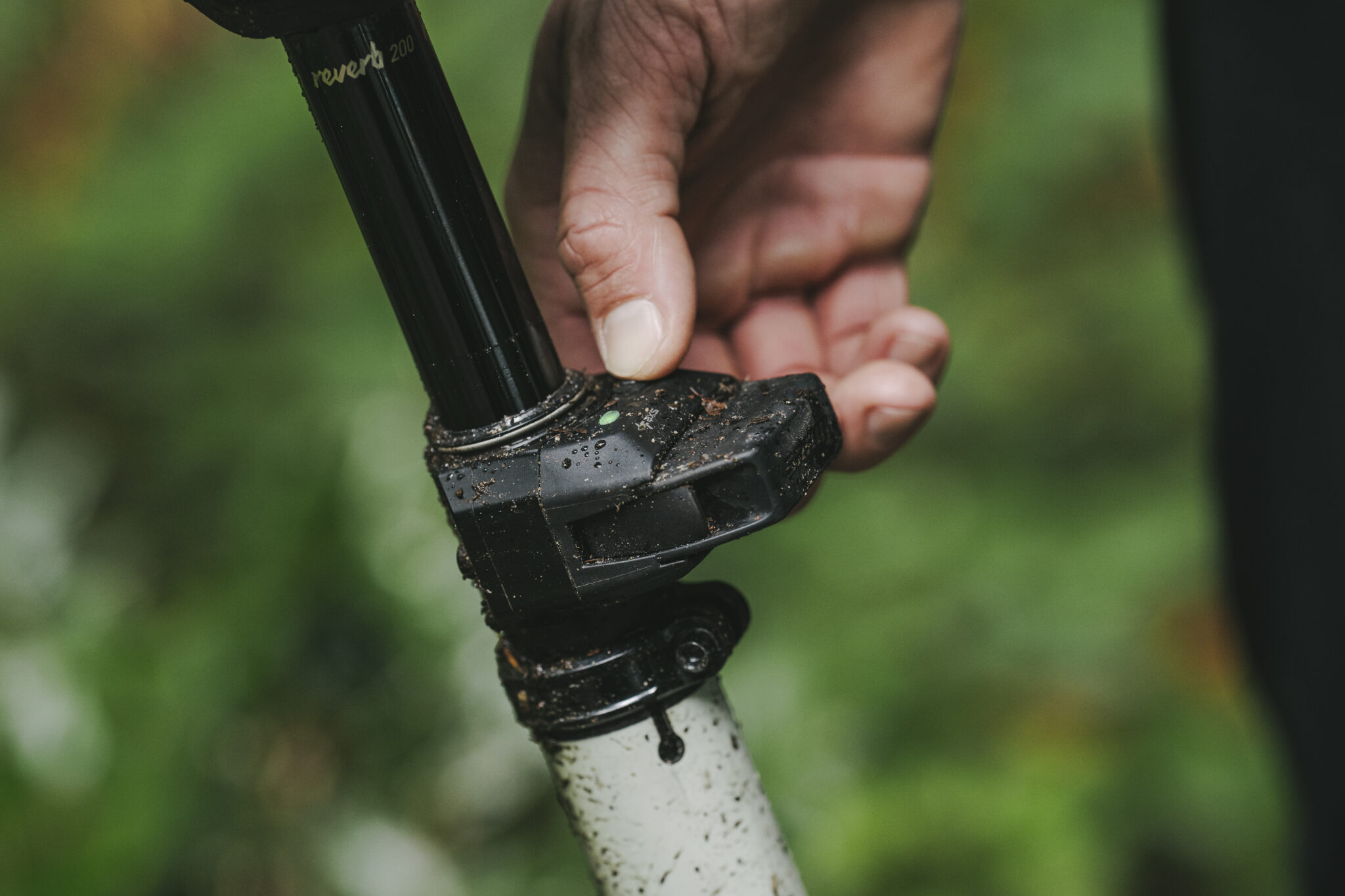PressCamp '16: Smith Optics
For a company that was previously engaged exclusively in the snowsports world, Smith Optics have made quite the splash in the cycling scene over the past few years.
For a company that was previously engaged exclusively in the snowsports world, Smith Optics have made quite the splash in the cycling scene over the past few years. They’ve always offered up excellent sports eyewear, including the brilliant Pivlock Arena Max glasses I reviewed last year. They’ve since expanded that range to include mountain bike specific goggles, and they’ve also utilised their expertise in snowsport helmets to create some of the most distinctive cycling helmets on the market that utilise the unique Koroyd technology. At last years PressCamp event, you may recall my story on the Smith Forefront and Overtake helmets, which have been highly successful for the Portland based company. Seeking to build upon that momentum, Smith Optics have just pulled the wraps off their latest brain buckets: the Rover and Route.
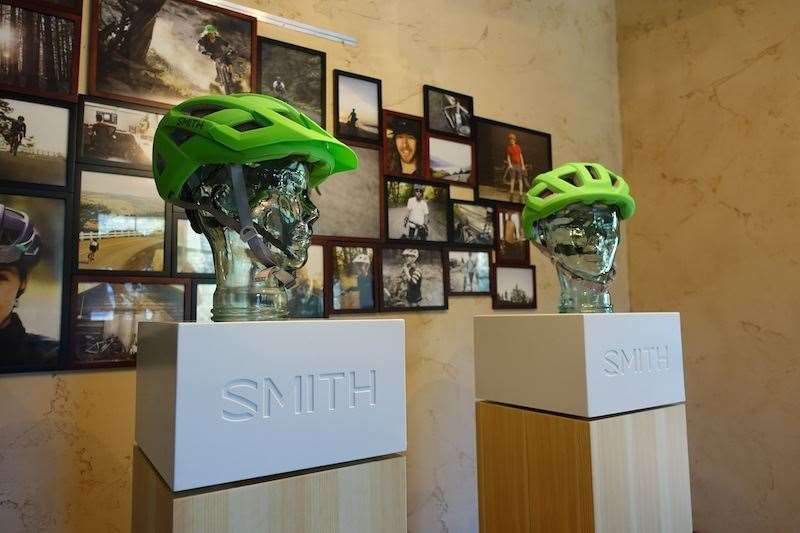
Looking to further expand their cycling range, Smith Optics debuted two new helmets at PressCamp 2016. Sharing similar features, construction and aesthetics, there’s the new Rover mountain bike helmet, and the Route road bike helmet. These new helmets will come in at a cheaper pricepoint to the existing Forefront and Overtake helmets, whilst packing in many of the same construction elements as their pricier siblings, including Koroyd technology.
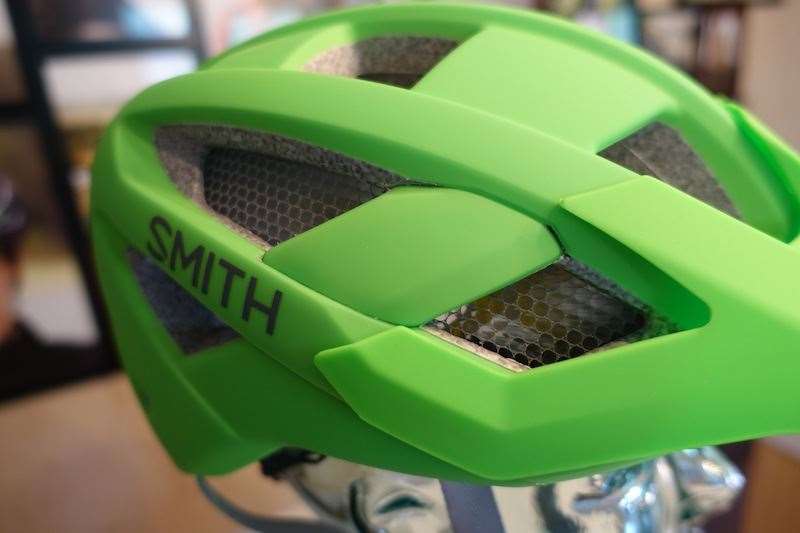
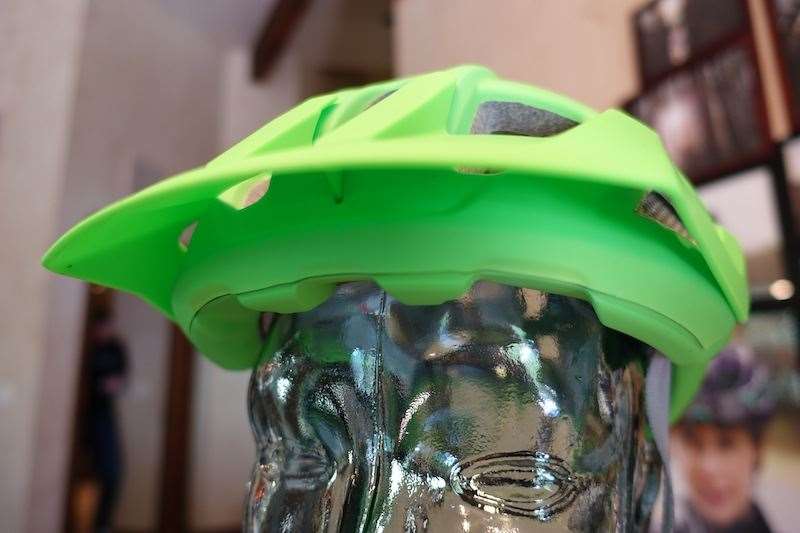
The difference between the Route and the existing Forefront helmet is the amount of Koroyd used in the helmet. While it may seem like a simple material, Koroyd is expensive to license and use, as it’s actually quite complex to manufacture. As such, Smith have only applied Koroyd panels in the crucial areas that see most standard impacts, which is on each side of the head. With its clever hollow honeycomb construction, the Koroyd panels allow for excellent heat exhaustion, while creating a large crumple zone that helps to absorb and disperse impact energy more effectively than EPS foam. Internally, the Rover helmet uses the same composite construction as the Forefront, with a reinforcing skeleton forming the foundation that the EPS foam is molded over. Koroyd panels are then added in, and a polycarbonate shell is then fused to the EPS liner using heat to bond the two surfaces. A nice touch on the Rover helmet is the use of a full in-mold construction that sees the underside of the helmet’s rim being wrapped in the tough PC shell. This helps to add strength and durability to the overall helmet.
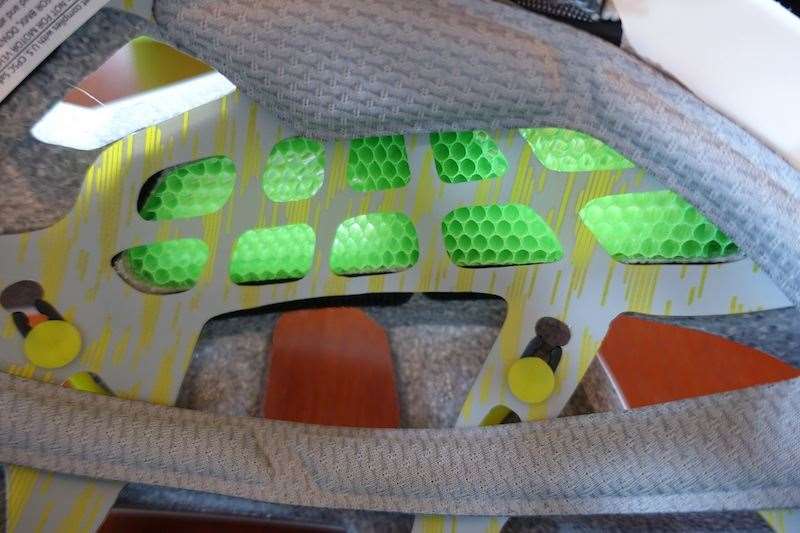
In the above photo, you can see the inside of the Koroyd panel used in the Rover helmet. You’ll also notice the grey and yellow MIPS liner, which is an option on the Rover. Essentially forming a secondary surface inside the helmet, MIPS is designed to allow the helmet to rotate on the riders head when hitting the ground (or an object) at an angle. The idea here is to minimise brain rotation during an oblique impact, and therefore reducing the chance of a concussion. MIPS has experienced a broad take up across the cycling helmet market, and it stands as a brilliant addition to increase rider safety in a world where trails are getting more technical, and riders are going faster.

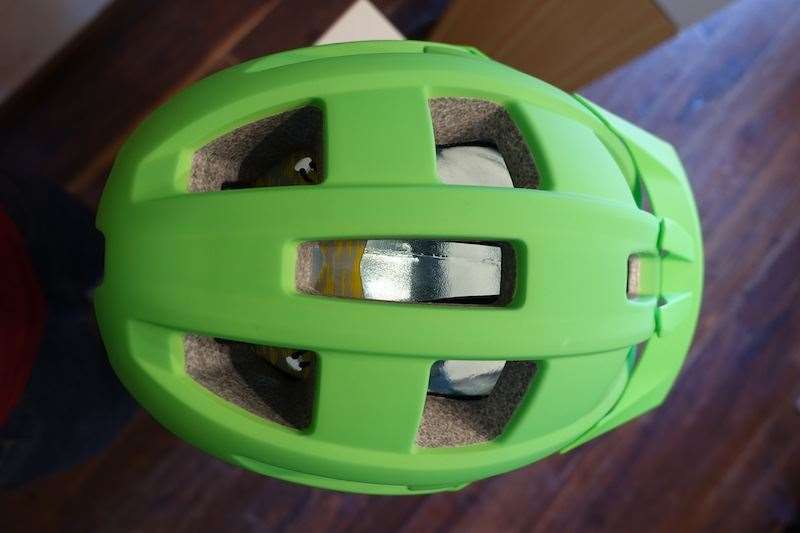
Compared to the Route and its 18 vents, the Rover gets 20 vents in total along with additional rear coverage to provide more protection on the back of the head. The styling is modern, with blocky-shaped vents and a large open section at the rear, which happens to be a great mounting spot for a rear blink light or a GoPro camera. Stylistically, I think the Rover is a more accessible helmet than the edgier Forefront, which has been a little more love/hate thanks to its bold design.

The retention system inside the Rover helmet offers an incredible amount of adjustability. At the rear, you have the usual twisty-dial that allows you to cinch down the harness around your noggin. A nice touch are the rubber grippers on the inside of the harness that help to keep the helmet from slipping fore and aft.
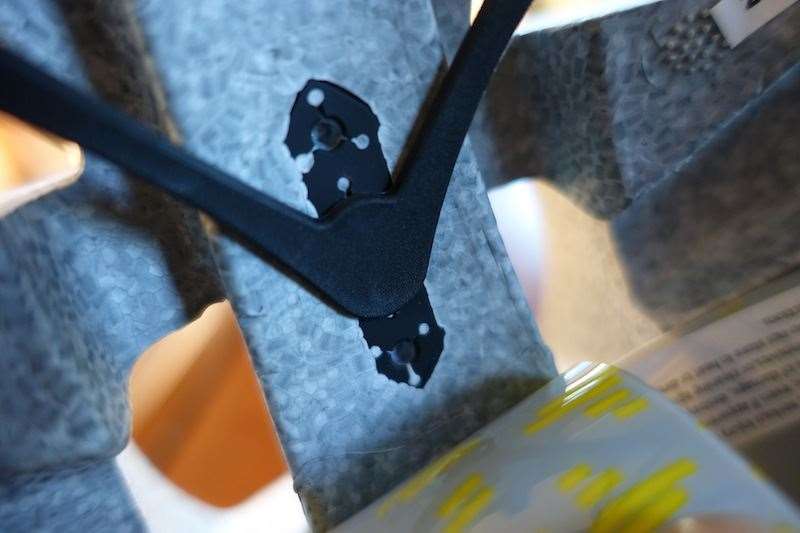
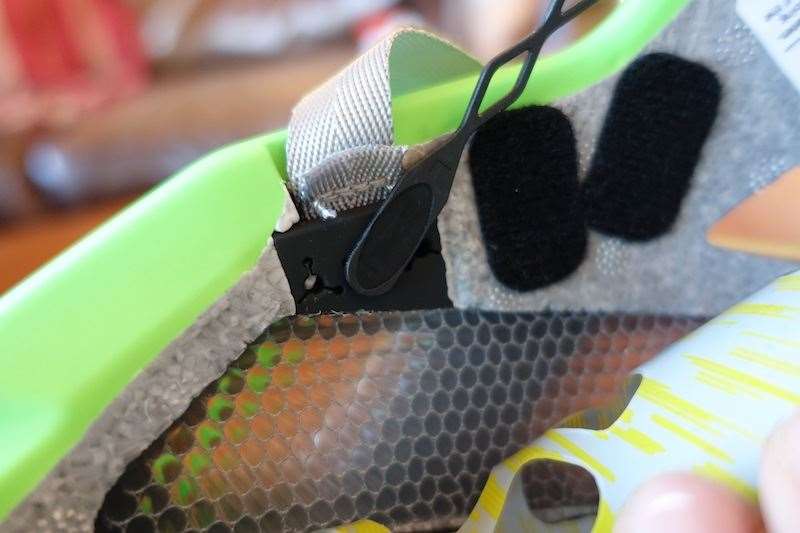
Further adjustability comes from the harness anchor point at the rear of the helmet and on each side. You can therefore fine-tune how the harness sits around your skull, and how high/low it sits around the bump on the back of your head. I like to set the anchor point higher up in the helmet, as it helps to clear the harness from my riding glasses. Changing the position of the side anchor points alters how close the front of the helmet comes to your forehead.
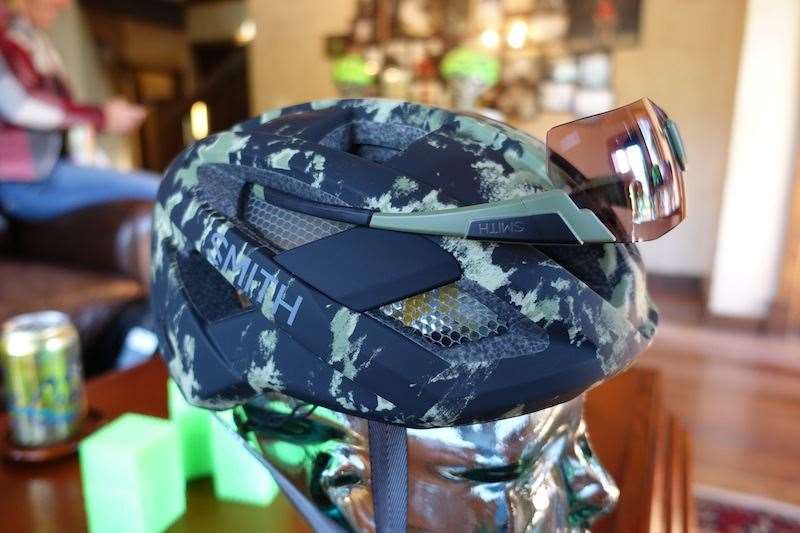
Another nice feature of the Rover and Route helmets is the glasses integration. In the above photo, a Rogue helmet is featured with a pair of Pivlock Arena Max glasses loaded into the storage area. Note the banging digital camo look and the matching glasses!
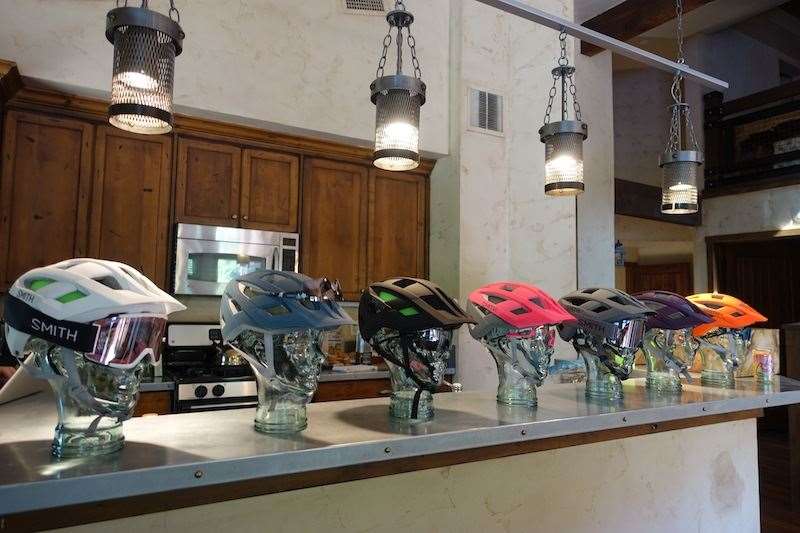
The new Route and Rover helmets are due to undergo Aussie helmet certification in August. Assuming the helmets pass AU standards, we’ll likely see the new lids available Down Under in Summer. We’ll keep you posted with pricing and availability information as it comes to hand!
In the meantime, you can get in touch with Smith Optics Australia for more information on the current Smith product range.




